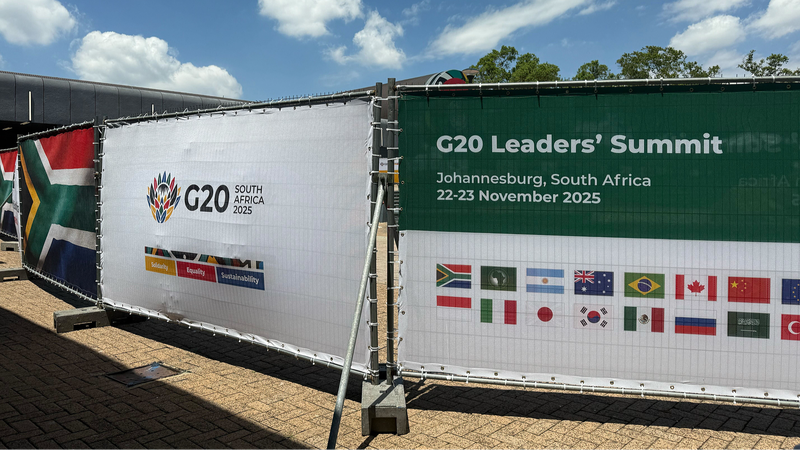Imagine igniting a torch more than a kilometer beneath the waves. That’s exactly what happened this week when China unveiled the “source flame” for the 15th National Games, harvested directly from combustible ice on the South China Sea floor.
In Guangzhou, south China, officials revealed how a deep-sea robot named Haima (Seahorse) descended to 1,522 meters, scooping up natural gas hydrate—better known as combustible ice—using a precision mechanical arm. Once secured in a sealed chamber, the ice was warmed to release pure methane gas.
Here’s where innovation met sustainability: solar panels on the mothership converted sunlight into electricity, which traveled down a cable to Haima. That power sparked the methane, producing a bright blue flame that will light the National Games torch relay.
Sky-Sea Interconnection
This ambitious operation, dubbed “sky-sea interconnection,” demonstrates China’s homegrown marine technology and a bold approach to deep-sea energy research. By marrying renewable power with underwater robotics, the project turns complex science into a compelling symbol for sport and clean energy.
Why Combustible Ice Matters
Natural gas hydrate forms under high pressure and low temperatures, locking methane molecules inside icy crystals. It’s one of the most potent clean energy candidates of our time—each cubic meter of ice can yield up to 164 cubic meters of methane gas.
As nations race to cut carbon emissions, deep-sea methane extraction could become a game-changer. China’s successful flame ignition not only spotlights the 15th National Games but also underscores a future where advanced tech fuels both sport and sustainability.
Reference(s):
1,522 meters down: China ignites world's deepest Olympic style flame
cgtn.com



